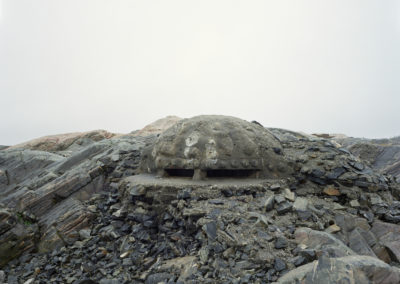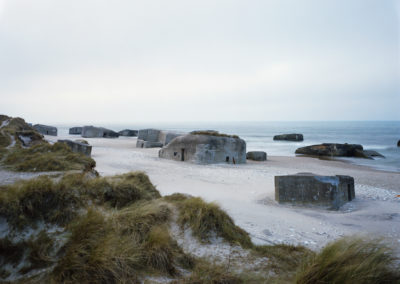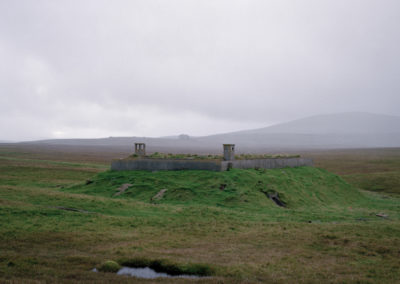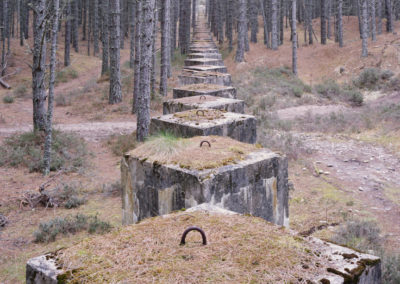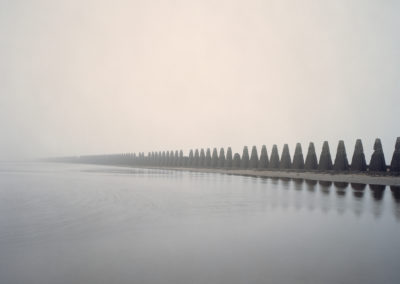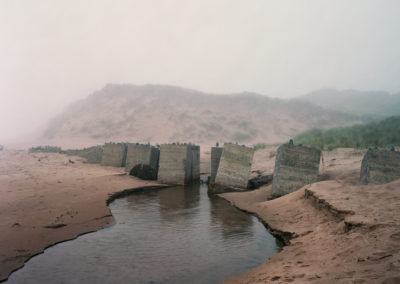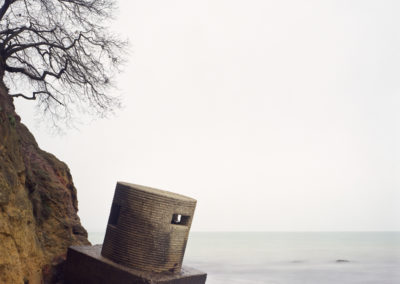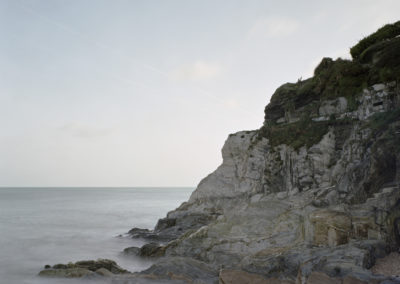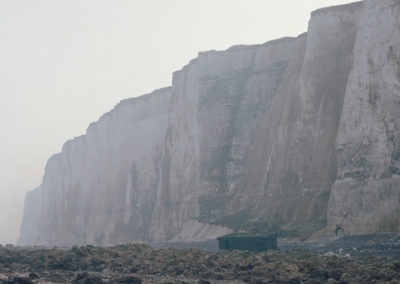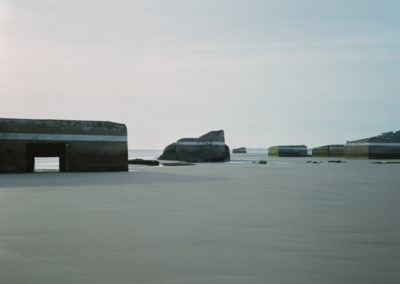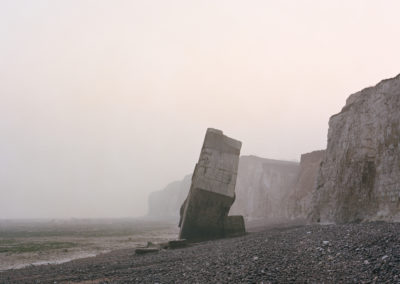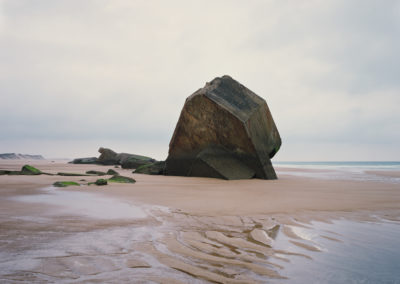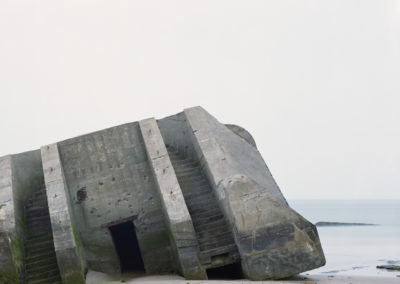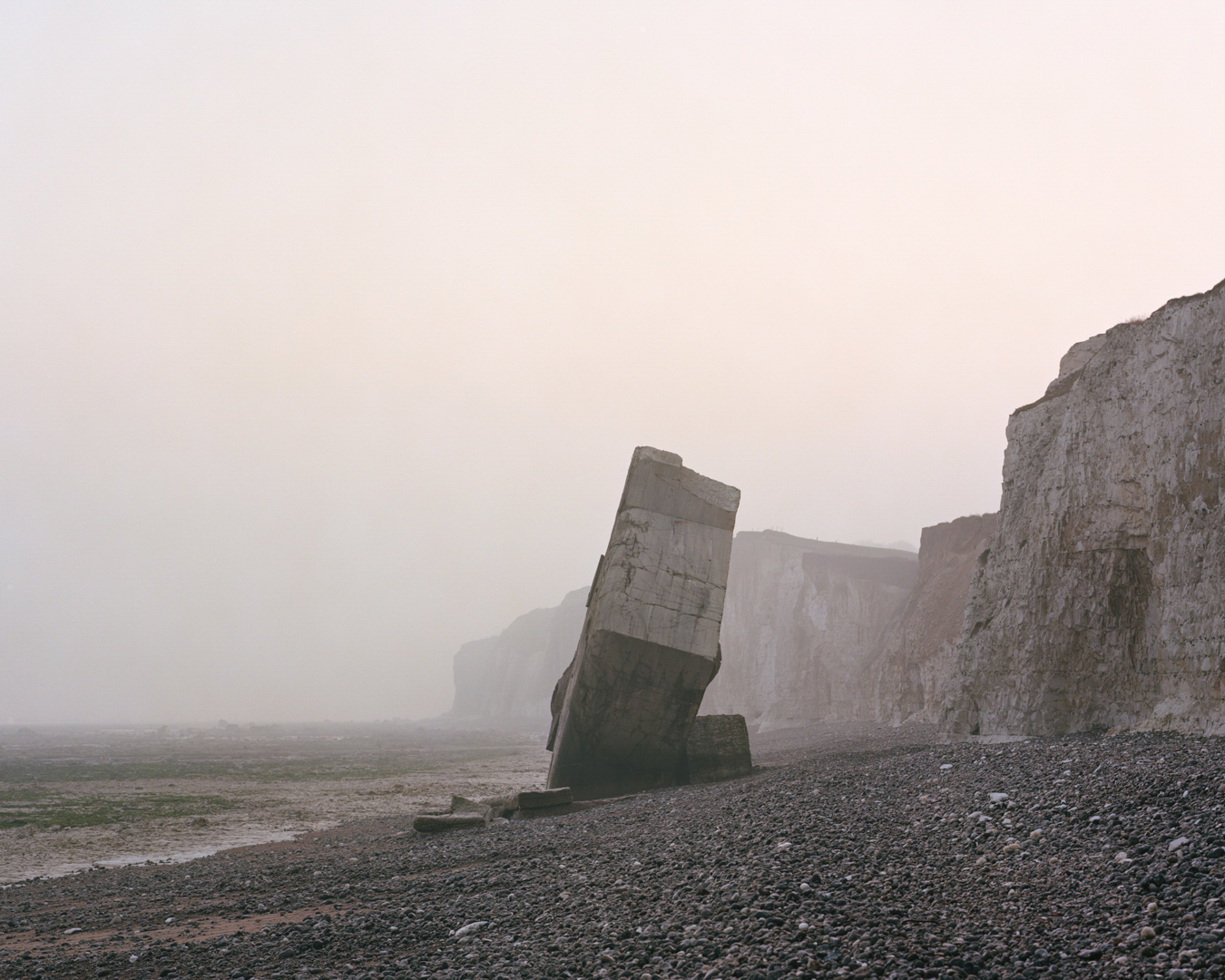
I’ll admit to not having written about The Last Stand for over a year now.
The work was completed and published in late 2014 and since then, alongside the book, exhibitions and talks about it, I have been working and focussing on my new and on-going project ‘A wounded landscape’. My mind and heart allow me to work on one thing at a time, along with balancing my commercial (photography) commitments and family life.
So, The Last Stand seems a bit like old work to me, and from this distance I can see its limitations quite clearly. (I’ve previously used the word failings but perhaps limitations are less harsh on myself.)
At the same time the distance allows me to now look at it very much as a viewer, in a more objective way and that is allowing me to enjoy it more, which of course is nice to be able to do.
The work grew out of an old idea and in early 2010 I both began research into the subject matter and making a test shoot on the North Norfolk coast, the first of the more than 100 locations I would visit over the 4-year period until 2014 (that initial location, re-photographed later, did not make it to the final edit).
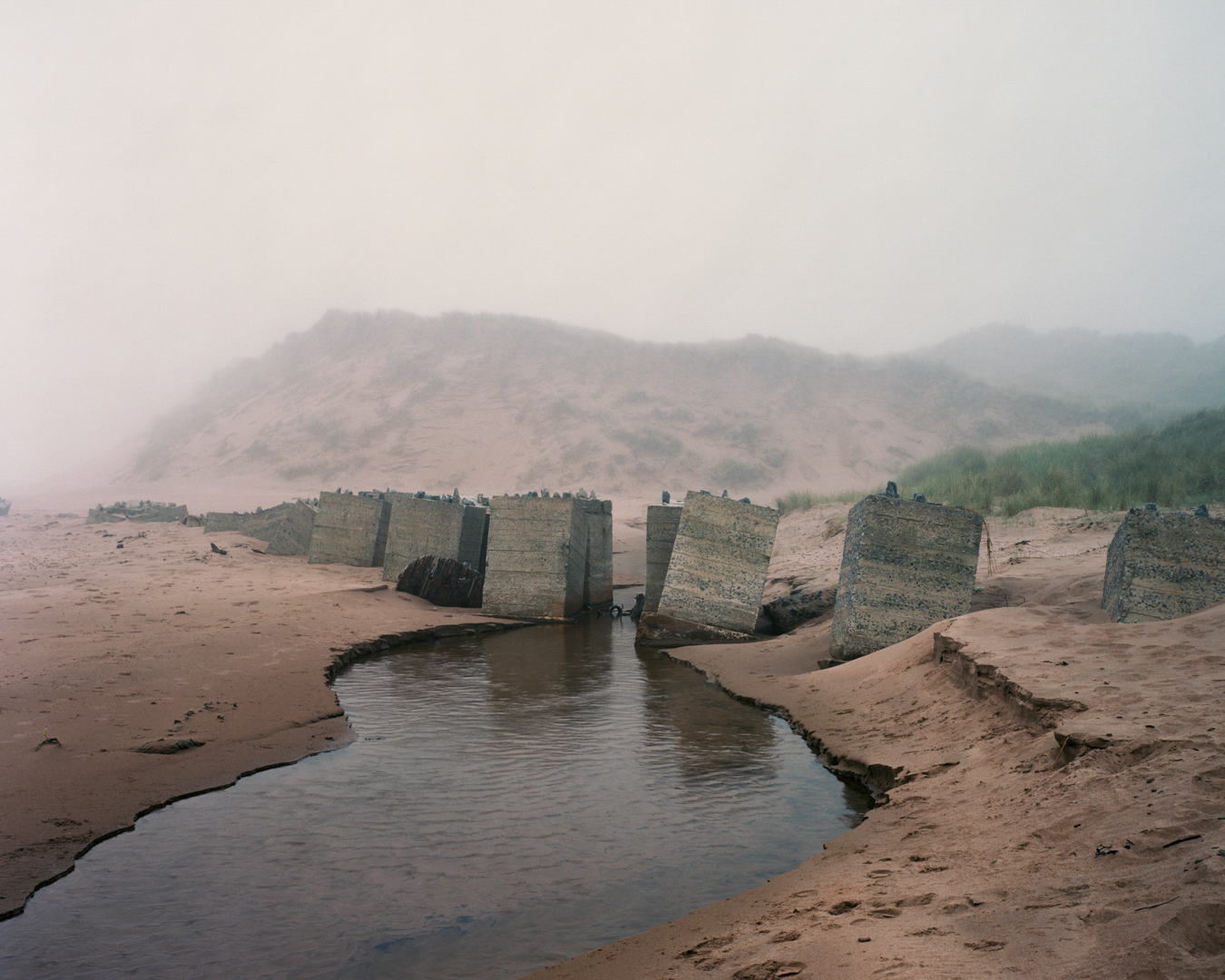
I worked quite simply, researching a location, visiting it to recce the overall landscape and thus the exact composition I wanted, in balance with the correct time of day, type of weather, height of tide and would then photograph it exactly that way. It was quite a rigid body of work, but I think the way I photographed it, sensitively, almost romantically, whilst still factually, allows it to breathe and become much more than simply what is put in front of the viewer. More than a document of a structure, a landscape, a time, but the stories behind them all, the memories of both individual involved and ‘us’ as a people. The ‘us’ is not of course meant in any ‘Nation’ way but humanity in general.
With The Last Stand I was attempting to combine memories and the landscape, backed up with factually correct historical research text about the locations. The work was an attempt to make a document of these locations at the specific time they were photographed. It was very much about how they are now, as opposed to how they were at the time these structures were created for their specific purpose of defence from invasion. Of course, that now has already become a past as both human and physical elements change these landscapes…but that’s the point to me. To create a document of a period of time.
With my new work I am trying to take things much further and to include much more of a human thread through the work. Although it is on the face of it about a historical event, it is very much about the individuals I portray within that event.
Selected images from Marc’s The Last Stand series are shown below
ABOUT MARC WILSON
Born in London, 1968. Now living in Bath, England. Marc Wilson’s photography documents the memories and histories that are set in the landscapes that surround us.
‘The Last Stand’ was one of the award winners at The Terry O’Neill award in 2013 and was published as a book in late 2014. It sold out of its 1st edition by early 2015 and a 2nd edition has now been published.
His current work in progress, ‘A wounded landscape’, being made between 2015 and 2019, documents the geography of the Holocaust, based around a small number of stories, with locations in over 20 different countries throughout Europe and the former Soviet Republics.
Solo exhibitions include those at The Royal Armouries Museum, Focalpoint Gallery and The Anise Gallery, London. Group shows include those at The Photographers Gallery and the Association of Photographers gallery, London, The Athens PhotoFestival, 2015 and Tel Aviv Museum of Art, 2018. His work has been published in journals and magazines ranging from The British Journal of Photography and Raw Magazine to Wired and Dezeen.
Website: marcwilson.co.uk
Twitter: @MarcwilsonPhoto
Instagram: @marcwilsonphoto
UPDATE: Marc has just let us know he has a few copies of ‘The Last Stand’ book available. These are sure to go fast! You can purchase it here, whilst stocks last: The Last Stand Book
CREDITS
Unless otherwise stated, all words and images in this article are © Marc Wilson

